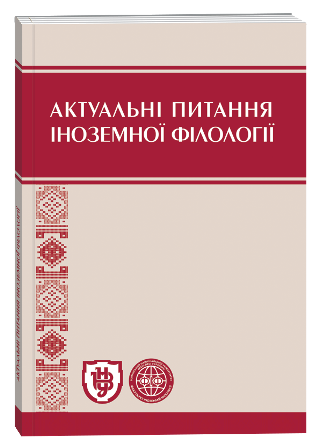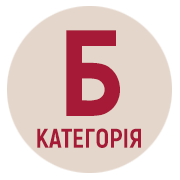TEACHING LINGUISTIC DIVERSITY: THE PLURICENTRIC NATURE OF THE GERMAN LANGUAGE IN FOCUS
DOI:
https://doi.org/10.32782/2410-0927-2024-21-1Keywords:
codification, national varieties of German, pluricentrism, variabilityAbstract
The article examines certain features of the national standard variants of the German language, specifically their variability within the framework of pronunciation norms (codification) and the reality of standard language use. The main goal is to explore the diversity of pronunciation in German-speaking countries, which is largely overlooked in the teaching of German as a foreign language, as well as in educational materials and didactic resources. Spoken language plays an exceptionally multifunctional role in language learning, as it encompasses both national standard variations and different phonostylistic levels, such as read speech, rehearsed speech, memorized speech, and freely produced speech. Efforts are currently being made to place greater emphasis on oral speech in foreign language teaching. While this pragmatic goal seems logical and understandable, it encounters significant challenges in practice, as lessons in German are still dominated by book-based materials. As a result, German language teachers and students worldwide are often surprised when they encounter German in Germany, Austria, or Switzerland that differs from what they learned in lessons or materials, and which they cannot, or can barely, understand. To be communicatively competent in oral language, learners must first and foremost be able to understand native speech, which means to perceive and decode the foreign linguistic code (listening comprehension skills). Spoken language, which plays a leading role in mass communication compared to written language, requires a sufficiently high level of perceptual and articulatory sub-competencies. These are critical components of overall foreign language communicative competence. In this context, there is a growing need to continually address the issue of standard variation in teaching German as a foreign language, as it provides an authentic representation of linguistic reality in the pluricentric German-speaking world.
References
Ammon U. Die deutsche Sprache in Deutschland, Österreich und der Schweiz. Berlin: Gruyter, 1995. 551 S.
Clyne M. Pluricentric Languages: Differing Norms in Different Nations, Berlin, Boston: De Gruyter Mouton, 1991. 481 p.
Deutsches Aussprachewörterbuch. Berlin, New York: Walter de Gruyter, 2010. 985 S.
Duden. Das Aussprachewörterbuch. Band 6. (8. Aufl.). Berlin: Dudenverlag, 2023. 944 S.
Drahmen S. Die Skalen zu Phonetik/Phonologie im GeR und seinem Begleitband. Deutsch als Fremdsprache. München, Berlin: Langenscheidt Verlag. 2019. Heft 4. S. 195–204.
Elspaß S. Language Standardization in a View ‘from Below’. In: Ayres-Bennett, Wendy & John Bellamy (eds.): The Cambridge Handbook of Language Standardization. Cambridge: Cambridge University Press, 2021. p. 93–114.
Günther S. Konnektoren im gesprochenen Deutsch. Normverstoß oder funktionale Differenzierung. Deutsch als Fremdsprache. München, Berlin: Langenscheidt Verlag. 2002. Heft 2. S. 67–74.
Hennig M. Die hat doch Performanzschwierigkeiten. Performanzhypothesen und Kompetenzgegenthese. Deutsch als Fremdsprache. München, Berlin: Langenscheidt Verlag. 2003. Heft 2. S. 81–92.
Hirschfeld U., Siebenhaar B. Aussprachevielfalt im Deutschen. Germanistik in der Ukraine. 2014. Jahrheft 9. S. 119–132.
Kellermeier-Rehbein B. Einführung in die Varietäten des Deutschen. Berlin: E. Schmidt Verlag, 2014. 2016 S.
König W. dtv-Atlas zur deutschen Sprache. Tafeln und Texte mit Mundart-Karten. München: DTV, 1992. 250 S.
Muhr R. Varietäten des Österreichischen Deutsch. Revue belge de philologie et d'histoire, tome 79, fasc. 3, 2001. Langues et littératures modernes – Moderne taal- en letterkunde. p. 779–803.
Muhr R. Innovation und Kontinuität in Sprache und Kommunikation verschiedener Sprachkulturen. Frankfurt/M., Wien: Peter Lang Verlag, 2006. 378 S.
Valman G. Phonetik-Übungen in DaF-Lehrwerken als unentbehrlicher Bestandteil von Lerneinheiten. Deutsch als Fremdsprache. München, Berlin: Langenscheidt Verlag, 2016. Heft 1. S. 39–48.







